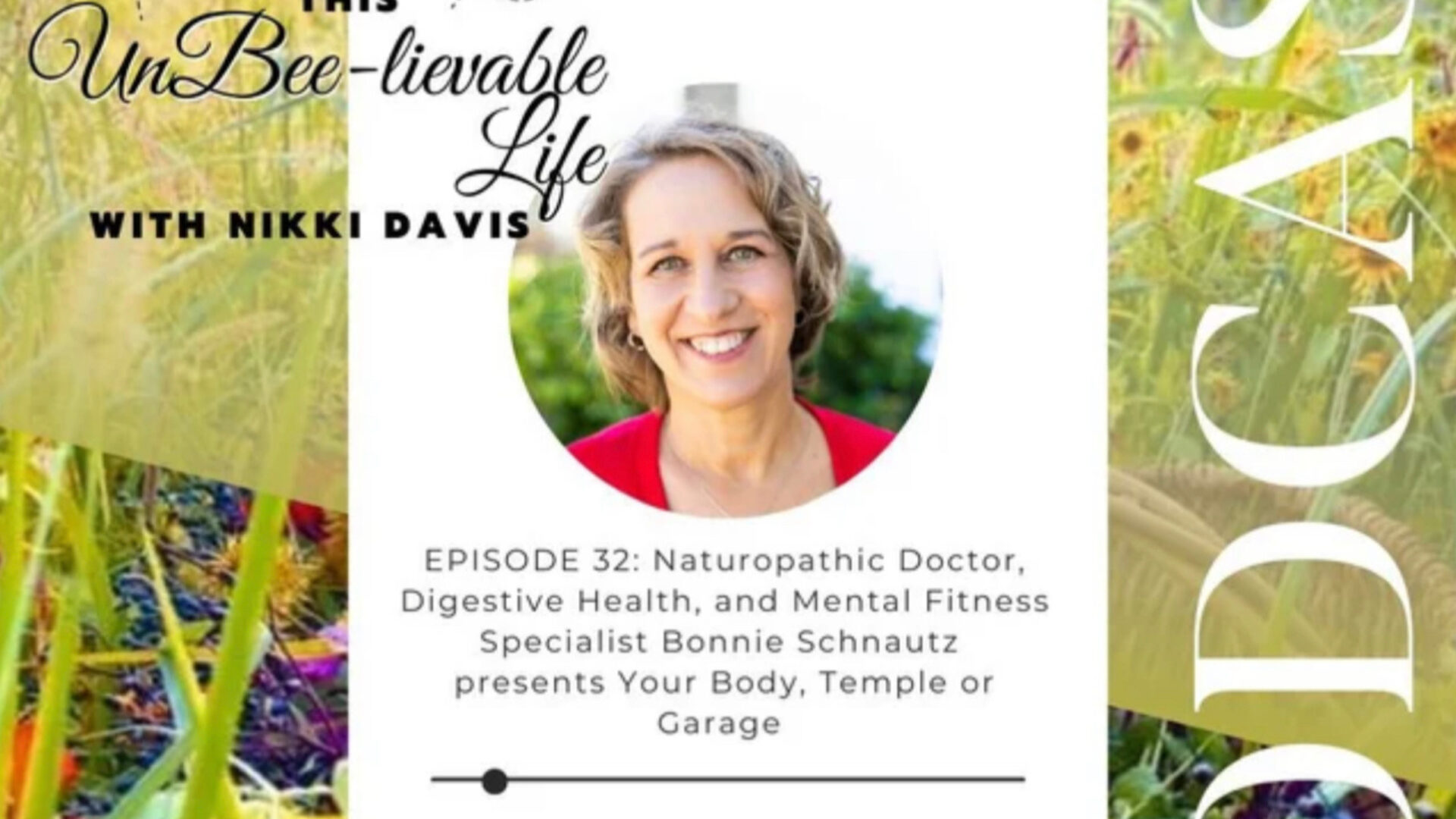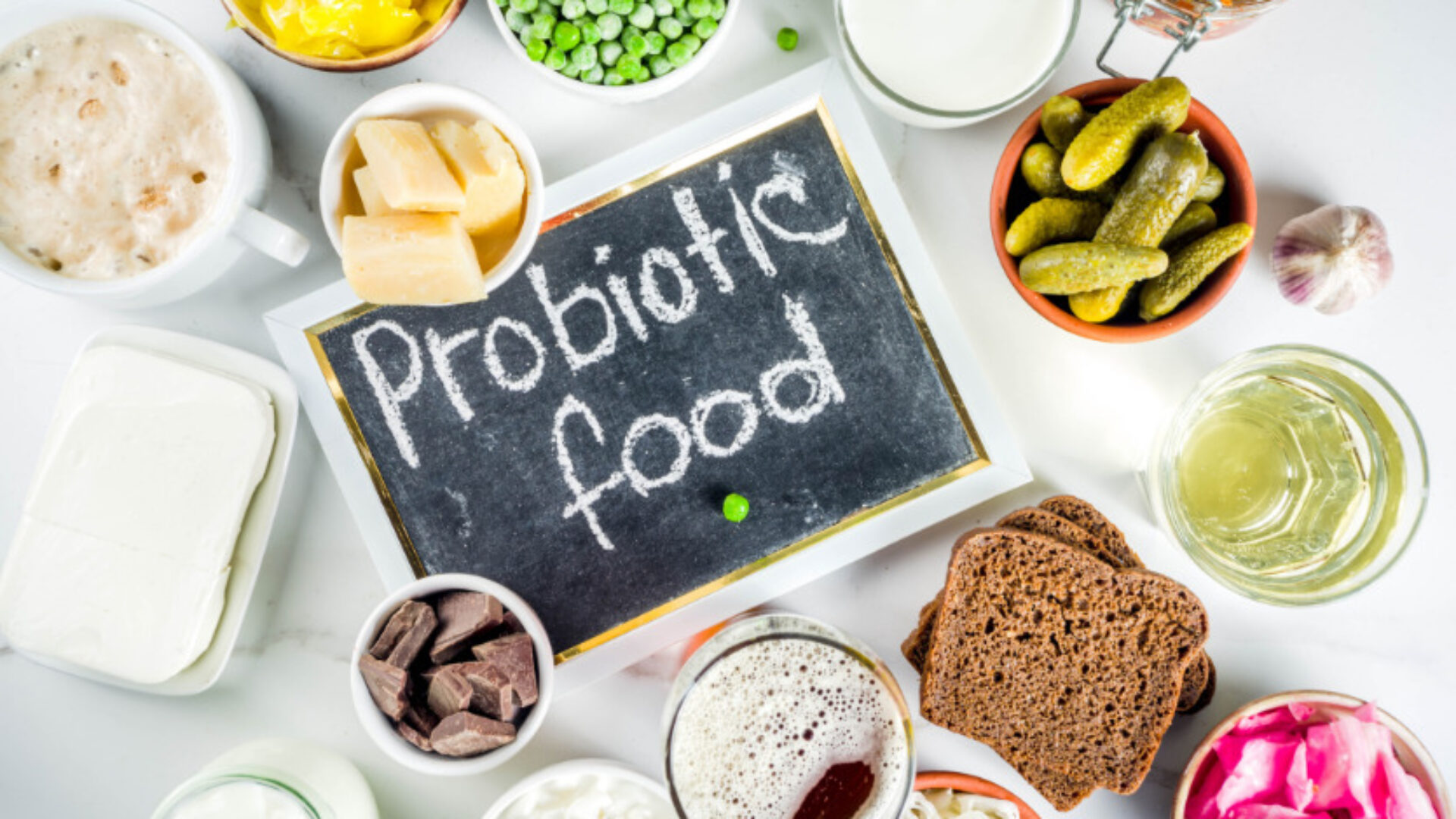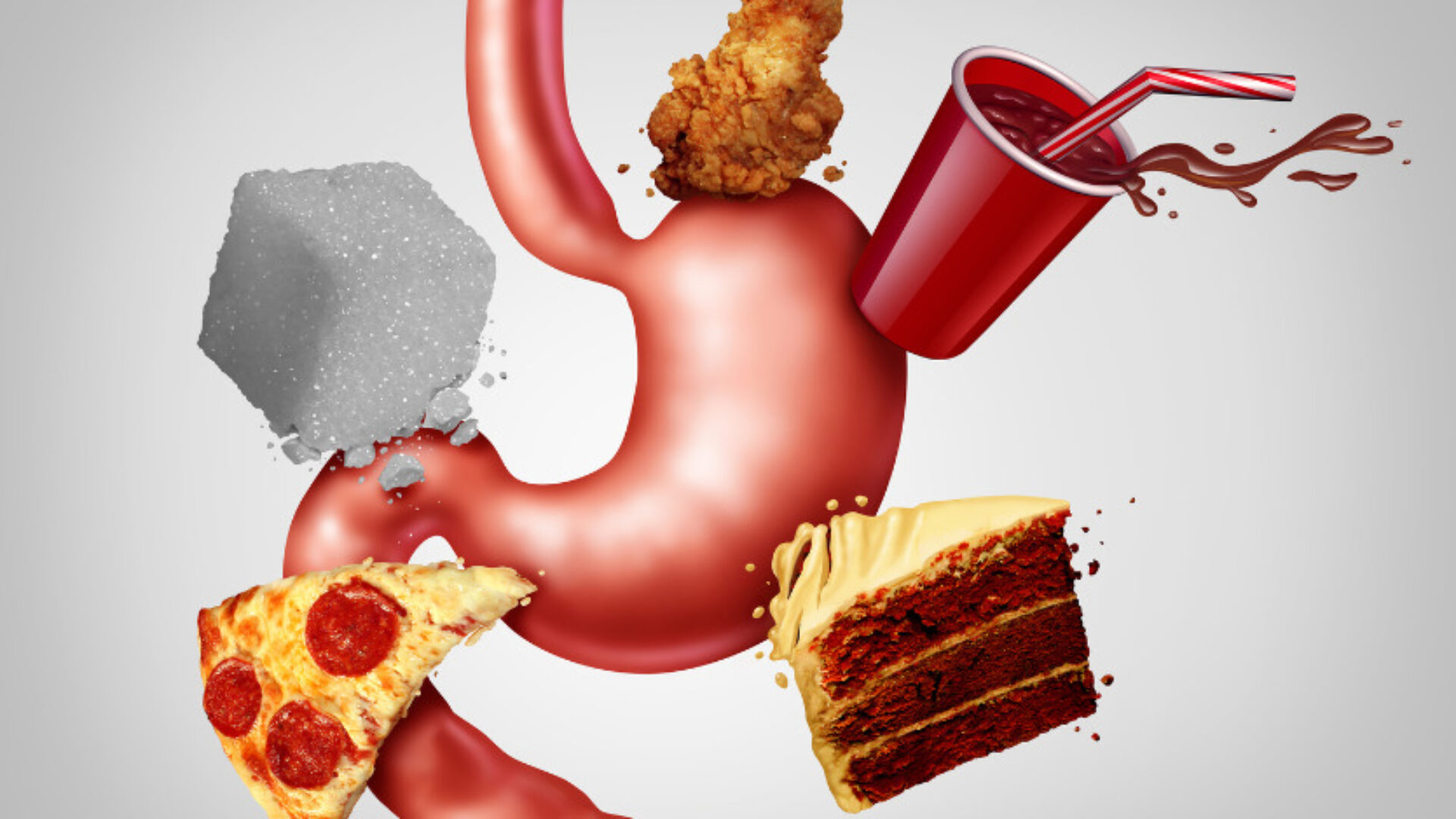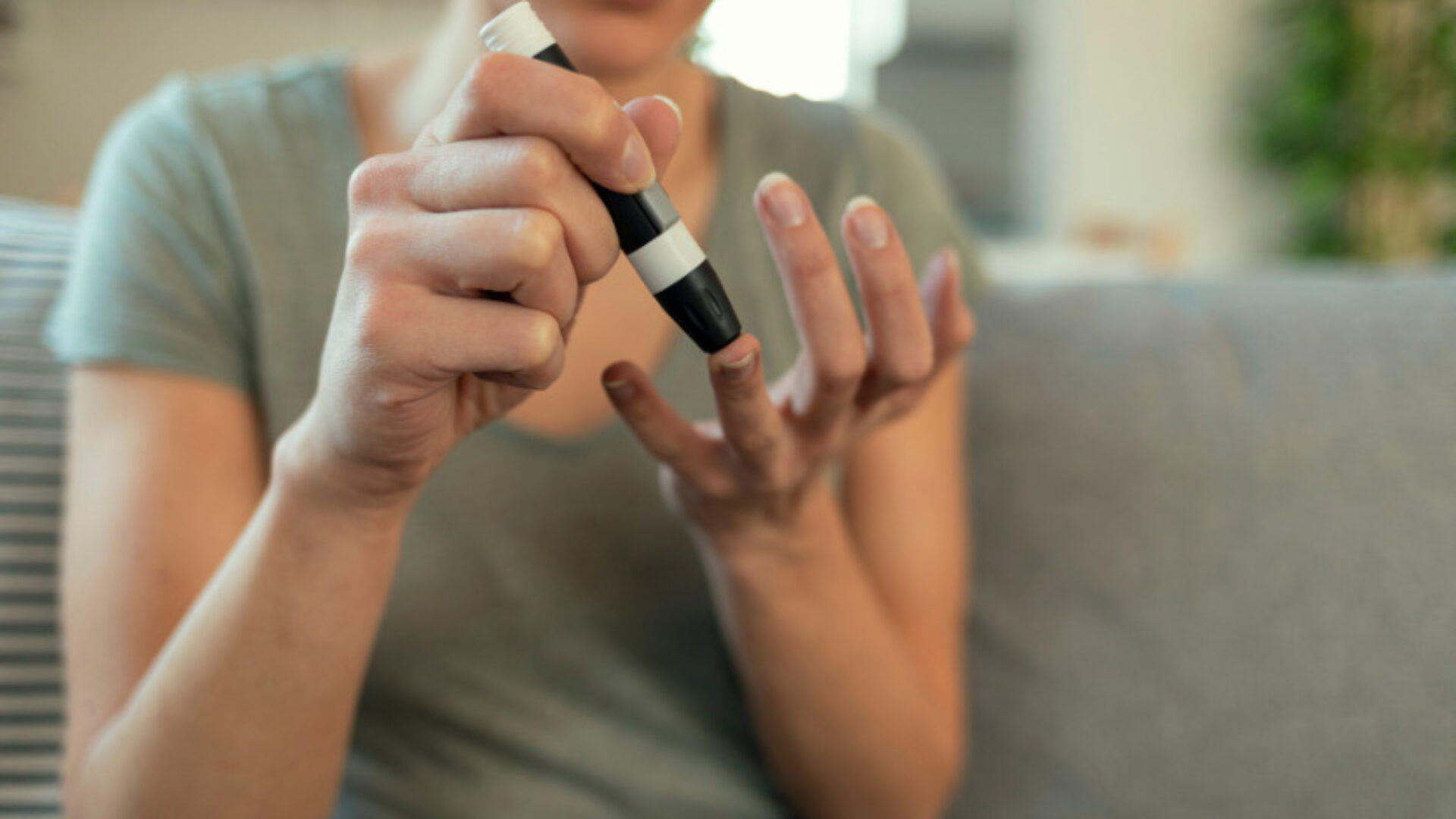Signs of Digestive Issues
There are numerous signs of digestive issues. Digestive issues can present a wide range of symptoms and vary based on the individual's state of health. Other factors that impactive digestive issues are based on the underlying cause and the specific part of the digestive system affected. As a gut health specialist, I'm passionate about digestive issues. Also, I've been able to overcome my imbalances including Irritable Bowel Syndrome using natural solutions. This statement from Harvard Medical School conveys how important our gut and digestive health truly is. The enteric nervous system that regulates our gut is often called the body's “second brain.” Although it can't compose poetry or solve equations, this…








